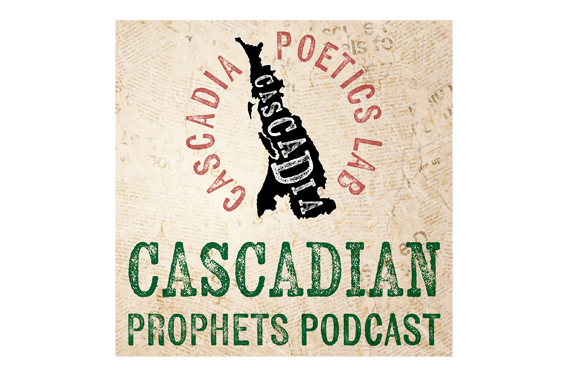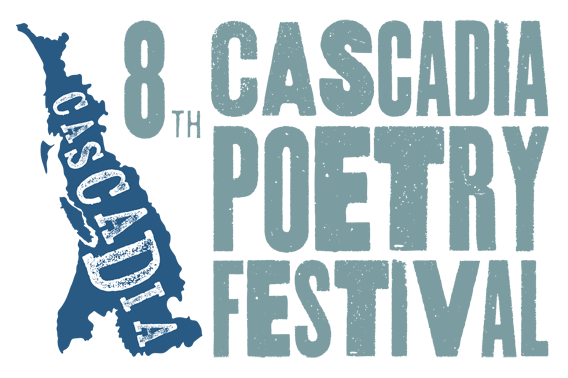Nico continues his rich line of inquiry on how visual information is processed:
2011, 5″ x 8″, 56 pgs, Full Color.
ISBN 1-936687-03-8 | EAN-13978-1-936687-03-9
$12
To read about the book or purchase a copy – http://xexoxial.org/is/staring_at_poetics/by/nico_vassilakis
from the book:
How do our retinal experiences alter what we think we know about alphabet? From minimal to maximal, the alphabet is explored and expanded on. From the contextual aggregates and combinations of letters to the visual elements that form a single letter. The visual poetry of alphabet insists that writing is the drawing of what and how we think, and within that writing, images accrue, the letters themselves, drawn, or otherwise printed, are illustrating or reproducing our thought.








0 Comments